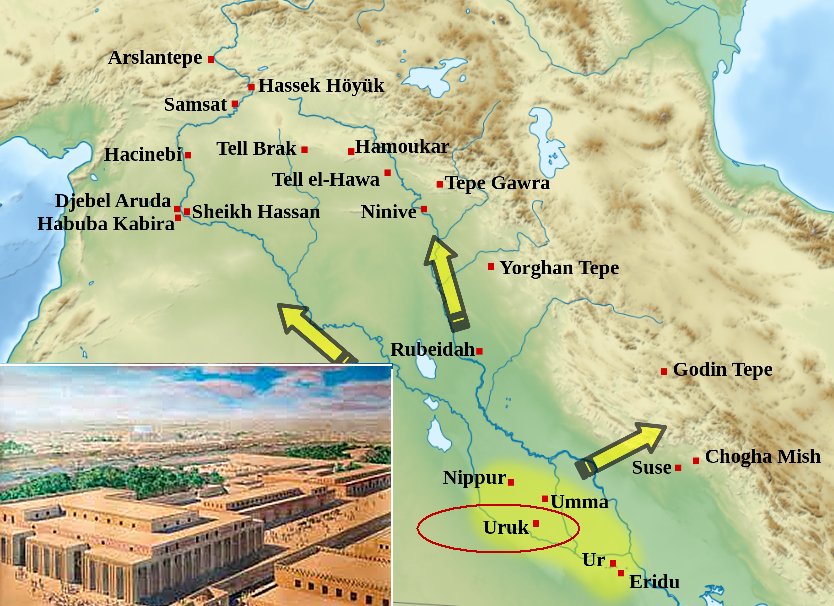Uruk Prophecy Found In The Ancient Library Of A Magician With Divine Powers
Ellen Lloyd - AncientPages.com - In 1969, members of the German Warka expedition discovered an ancient damaged clay tablet in Uruk, the first city built by Gilgamesh about 4,000 years ago. Examination of this interesting ancient artifact revealed it contained what today is known as the Uruk Prophecy.
Later, scientists unearthed several other old clay tablets. These Sumerian inscriptions were once part of an ancient library belonging to Anu-iksur, a magician who was said to have had divine powers.
Although badly broken, scientists managed to read and translate the inscriptions carved on the clay tablet that contained the Uruk prophecy. It was a very interesting text describing the arrival of an unjust king who would make life miserable for people and bring terror to the whole world.
According to legends, the ancient Sumerian city of Uruk was built by Gilgamesh, a demigod of superhuman strength. The city of Uruk was originally built for Anu, the father of the gods, and his daughter, Inanna, the goddess of love and war. Gilgamesh also irrigated the fields, dug wells, and made orchards.
One of his greatest achievements was the construction of the city walls of Uruk to defend his people from enemies.
One side of the tablet with the Uruk Prophecy reveals life became hard in the city and elsewhere in the land. There was no rightful heir to succeed to the throne, and there was a king who, instead of ruling the country, spent months in his palace. Due to the damage, it’s difficult to gain information about the events taking place in Mesopotamia at the time, but the other side of the tablet is better preserved, and it gave researchers a good opportunity to learn more about this ancient prophecy left to future generations.
“On it, a series of kings is predicted. First, a king from the Sealand who ruled in Babylon will come to reign over the devastated part of the land. Then there will be an unjust king who will remove the ancient protective goddess of Uruk and make her dwell in Babylon, placing in her sanctuary in Uruk another, improper goddess. The unjust king will impose heavy taxes upon Uruk and devaste her; next, another unjust king will arise.
Line 8 begins with KI.MIN (“ditto”) written five times and ends with the statement, surely about a king, “He will take the property of Babylonia to Assyria.” Next, an unjust king will arise who will establish the rites of Anu in Uruk and restore Uruk’s protective goddess to her own sanctuary; he will renew and glorify Uruk, and after him his son will be the king in Uruk and become master of the world (lines 11-16). 1
Ancient Sumerians and Babylonians constantly observed the night skies and were very skilled astronomers. Many of their prophecies were influenced by celestial objects and events they witnessed in the night sky. However, the Uruk Prophecy differs from the Marduk Prophecy which we discussed in an earlier article.
As one example, we can mention that “the Uruk Prophecy and Dynastic Prophecy all refer to Babylonia as Akkad; the Marduk and Sulgi Prophecies, on the other hand, do not mention Akkad at all and have numerous references to Babylon. Babylon is referred to in the Uruk Prophecy as SU.AN.NA.KI and in the Dynastic Prophecy as DIN.TIR.KI. Assur occurs in the Marduk and Sulgi Prophecies and in the Dynastic Prophecy, but not in the others.” 2
It is an interesting observation, especially if we consider the fact that the ancient city of Ashur, (also known as Assur) was the first capital and powerful religious center of the Assyrian Empire.
Who the author of the intriguing Uruk Prophecy was is still a mystery, but he apparently claimed to be someone of divine origin.
Updated on February 21, 2024
Written by Ellen Lloyd – AncientPages.com
Copyright © AncientPages.com All rights reserved. This material may not be published, broadcast, rewritten or redistributed in whole or part without the express written permission of AncientPages.com
Expand for references- Goldstein, Jonathan A. "The Historical Setting of the Uruk Prophecy." Journal of Near Eastern Studies47, no. 1 (1988): 43-46.
- Biggs, Robert D. "The Babylonian Prophecies and the Astrological Traditions of Mesopotamia." Journal of Cuneiform Studies37, no. 1 (1985): 86-90. doi:10.2307/1359960.
More From Ancient Pages
-
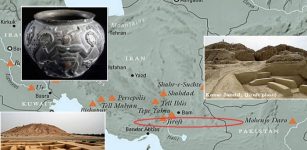 Jiroft’s Konar Sandal – Home To A Huge Ziggurat And Many Ancient Treasures
Featured Stories | Jun 8, 2021
Jiroft’s Konar Sandal – Home To A Huge Ziggurat And Many Ancient Treasures
Featured Stories | Jun 8, 2021 -
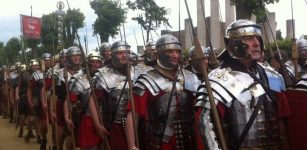 The Word Salary Has Roots In Ancient Rome And History Of Salt
Ancient History Facts | Jun 29, 2016
The Word Salary Has Roots In Ancient Rome And History Of Salt
Ancient History Facts | Jun 29, 2016 -
 First-Ever Discovery Of Roman Road Network Spanning The South West UK Made By LIDAR
Archaeology | Aug 7, 2023
First-Ever Discovery Of Roman Road Network Spanning The South West UK Made By LIDAR
Archaeology | Aug 7, 2023 -
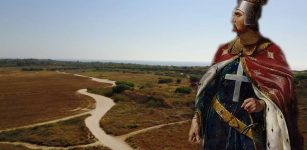 Battle Of Arsuf – Site Where King Lionheart And The Crusaders Defeated Saladin – Found
Archaeology | Aug 1, 2020
Battle Of Arsuf – Site Where King Lionheart And The Crusaders Defeated Saladin – Found
Archaeology | Aug 1, 2020 -
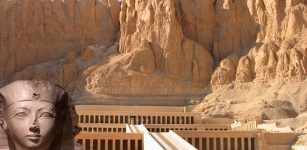 Pharaoh Hatshepsut: Skillful And Efficient Female Ruler Who Brought Prosperity To Ancient Egypt
Featured Stories | Mar 22, 2017
Pharaoh Hatshepsut: Skillful And Efficient Female Ruler Who Brought Prosperity To Ancient Egypt
Featured Stories | Mar 22, 2017 -
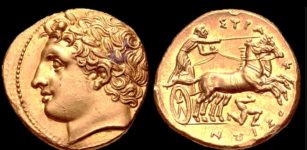 Agathocles Of Syracuse: Sicilian Ruler Who Committed Numerous Crimes Saved And Extended Sovereignty Of Sicily
Featured Stories | Jul 26, 2019
Agathocles Of Syracuse: Sicilian Ruler Who Committed Numerous Crimes Saved And Extended Sovereignty Of Sicily
Featured Stories | Jul 26, 2019 -
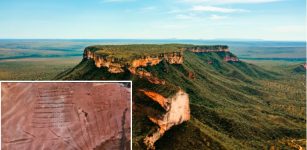 2,000-Year-Old Rock Art Sites Discovered In Jalapão, Brazil
Archaeology | Mar 11, 2024
2,000-Year-Old Rock Art Sites Discovered In Jalapão, Brazil
Archaeology | Mar 11, 2024 -
 Manx: Ancient Dead Gaelic Language That Refused To Die And Has Been Revived Again
Ancient History Facts | Oct 7, 2016
Manx: Ancient Dead Gaelic Language That Refused To Die And Has Been Revived Again
Ancient History Facts | Oct 7, 2016 -
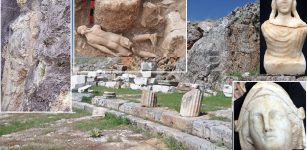 Sculptures Of Kybele, Athena, Hekate, Apollo Unearthed At Hellenistic Site Of Pisidia Antiocheia, Turkey
Archaeology | Oct 15, 2017
Sculptures Of Kybele, Athena, Hekate, Apollo Unearthed At Hellenistic Site Of Pisidia Antiocheia, Turkey
Archaeology | Oct 15, 2017 -
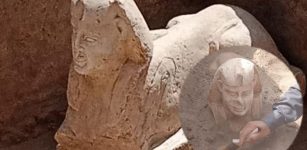 Sphinx Statue With A Smiley Face And Two Dimples Unearthed In Qena, Egypt
Archaeology | Mar 6, 2023
Sphinx Statue With A Smiley Face And Two Dimples Unearthed In Qena, Egypt
Archaeology | Mar 6, 2023 -
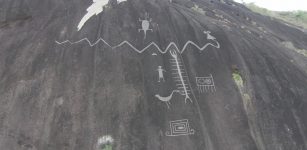 Largest Ever Recorded Ancient Petroglyphs Found In Venezuela – Mapped
Archaeology | Dec 10, 2017
Largest Ever Recorded Ancient Petroglyphs Found In Venezuela – Mapped
Archaeology | Dec 10, 2017 -
 Remains Of A 2,200-Year-Old Roman Fountain Discovered In Assos, Turkey
Archaeology | Aug 17, 2022
Remains Of A 2,200-Year-Old Roman Fountain Discovered In Assos, Turkey
Archaeology | Aug 17, 2022 -
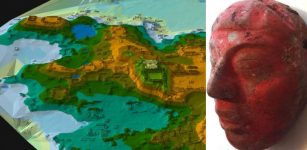 Ancient Tomb Of Maya Ruler Te’ Chan Ahk Discovered In Guatemala
News | Sep 14, 2017
Ancient Tomb Of Maya Ruler Te’ Chan Ahk Discovered In Guatemala
News | Sep 14, 2017 -
 Hidden Prophecies Inside The Great Pyramid Of Giza Discovered By Scientists
Featured Stories | Jun 21, 2017
Hidden Prophecies Inside The Great Pyramid Of Giza Discovered By Scientists
Featured Stories | Jun 21, 2017 -
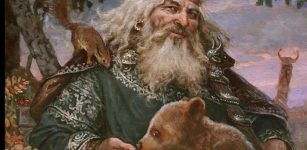 Controversial Ancient Book Of Veles Remains An Unexplained Mystery
Artifacts | Sep 28, 2015
Controversial Ancient Book Of Veles Remains An Unexplained Mystery
Artifacts | Sep 28, 2015 -
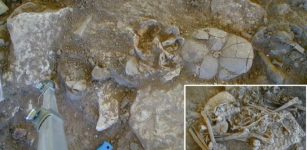 DNA Analyses Suggest The Plague Contributed To Stone Age Farmers’ Decline
Archaeology | Jul 10, 2024
DNA Analyses Suggest The Plague Contributed To Stone Age Farmers’ Decline
Archaeology | Jul 10, 2024 -
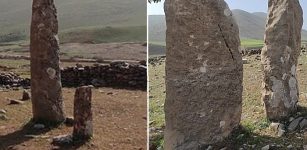 Unique Headstones Of Kela Mazin Cemetery In Kurdistan Are Probably 3,000 Years Old Or Much More
Archaeology | May 7, 2022
Unique Headstones Of Kela Mazin Cemetery In Kurdistan Are Probably 3,000 Years Old Or Much More
Archaeology | May 7, 2022 -
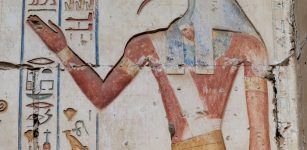 Thoth: Ancient Egypt’s Most Mysterious, Highly Venerated God Of Knowledge And Writing
Egyptian Mythology | May 24, 2017
Thoth: Ancient Egypt’s Most Mysterious, Highly Venerated God Of Knowledge And Writing
Egyptian Mythology | May 24, 2017 -
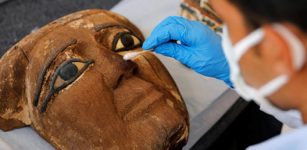 Saqqara Necropolis: Biggest Archaeological Discovery In 2020 – Photos Revealed
Archaeology | Nov 14, 2020
Saqqara Necropolis: Biggest Archaeological Discovery In 2020 – Photos Revealed
Archaeology | Nov 14, 2020 -
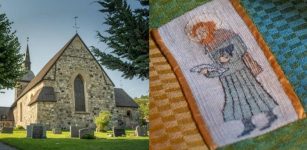 Saint Botvid – Viking Who Was Killed By A Slave He Granted Freedom
Featured Stories | Apr 10, 2023
Saint Botvid – Viking Who Was Killed By A Slave He Granted Freedom
Featured Stories | Apr 10, 2023


